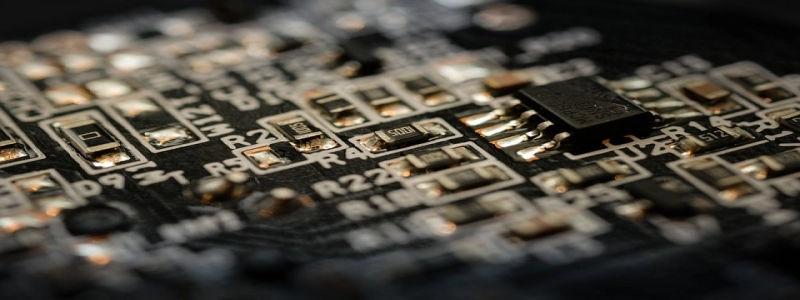Ethernet IP Encoder
Introduction:
In today’s digital era, Ethernet is the most widely used communication protocol for networking devices. It provides a stable and efficient platform for transmitting data across a local area network (LAN) or wide area network (WAN). With the rising demand for high-resolution motion control applications, the integration of Ethernet IP encoders has become crucial to enable accurate and reliable position feedback. This article will discuss the features and advantages of Ethernet IP encoders in various industrial applications.
1. What is an Ethernet IP Encoder?
An Ethernet IP encoder is a motion control device that combines the functionality of an encoder with the communication capabilities of Ethernet IP. It is designed to capture and transmit position information over an Ethernet network, allowing real-time monitoring and control of automated systems. These encoders are commonly used in robotics, CNC machines, packaging equipment, and other industrial applications where precise positioning is essential.
2. Features and Benefits:
2.1 High Accuracy: Ethernet IP encoders provide accurate position feedback, ensuring precise control over moving parts. With resolutions as high as 24 bits or more, these encoders can detect even the smallest changes in position, enabling tight tolerance applications.
2.2 Real-time Data: By utilizing the Ethernet IP protocol, these encoders offer real-time data transmission. This allows for immediate monitoring and control of the motion system, reducing response time and enhancing operational efficiency.
2.3 Simplified Wiring: Ethernet IP encoders eliminate the need for complex wiring setups. They connect directly to the Ethernet network, reducing installation time and overall system complexity. Additionally, multiple encoders can be connected to a single network, enabling seamless integration in large-scale industrial setups.
2.4 Interoperability: Ethernet IP encoders are based on an open standard protocol, ensuring compatibility with a wide range of automation controllers and software platforms. This facilitates seamless integration with existing industrial networks, reducing the need for costly infrastructure upgrades.
2.5 Diagnostics and Error Reporting: These encoders provide comprehensive diagnostics and error reporting capabilities. Users can easily monitor the health of the encoder and identify any performance issues, reducing downtime and improving overall system reliability.
3. Applications:
Ethernet IP encoders find applications in various industries, including:
3.1 Robotics: Precise position feedback is crucial for robotic arms and automated guided vehicles (AGVs). Ethernet IP encoders enable accurate control and synchronization of robotic movements, ensuring smooth operation and high efficiency.
3.2 Machine Tools: CNC machines require precise position feedback for cutting, milling, and drilling operations. Ethernet IP encoders provide real-time position information, enabling precise control over the cutting tool, resulting in high-quality output.
3.3 Packaging Equipment: In packaging lines, Ethernet IP encoders offer precise feedback for conveyor belt speed control, filling mechanisms, and labeling operations. This ensures accurate packaging and reduces material wastage.
3.4 Material Handling: Industrial cranes, automated warehouses, and sorting systems rely on accurate position feedback for safe and efficient material handling. Ethernet IP encoders provide real-time position data, enabling reliable and optimized operations.
Conclusion:
Ethernet IP encoders play a crucial role in achieving accurate and reliable position feedback in various industrial applications. Their high accuracy, real-time data transmission, simplified wiring, and interoperability make them a preferred choice for motion control systems. By seamlessly integrating with Ethernet networks, these encoders enhance operational efficiency, reduce downtime, and ensure precise control over moving parts. With the ongoing advancements in Ethernet technology, the future holds tremendous potential for further improvements in Ethernet IP encoders, making them indispensable in the world of motion control.








